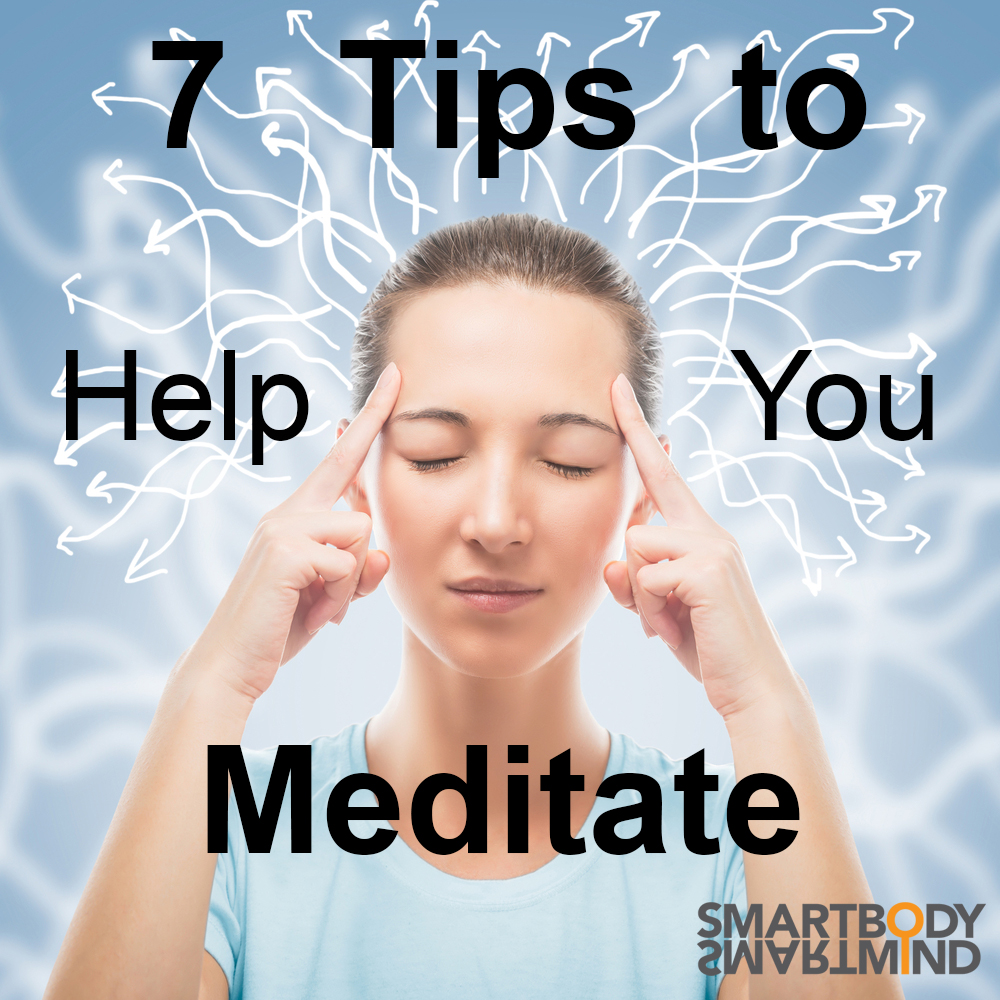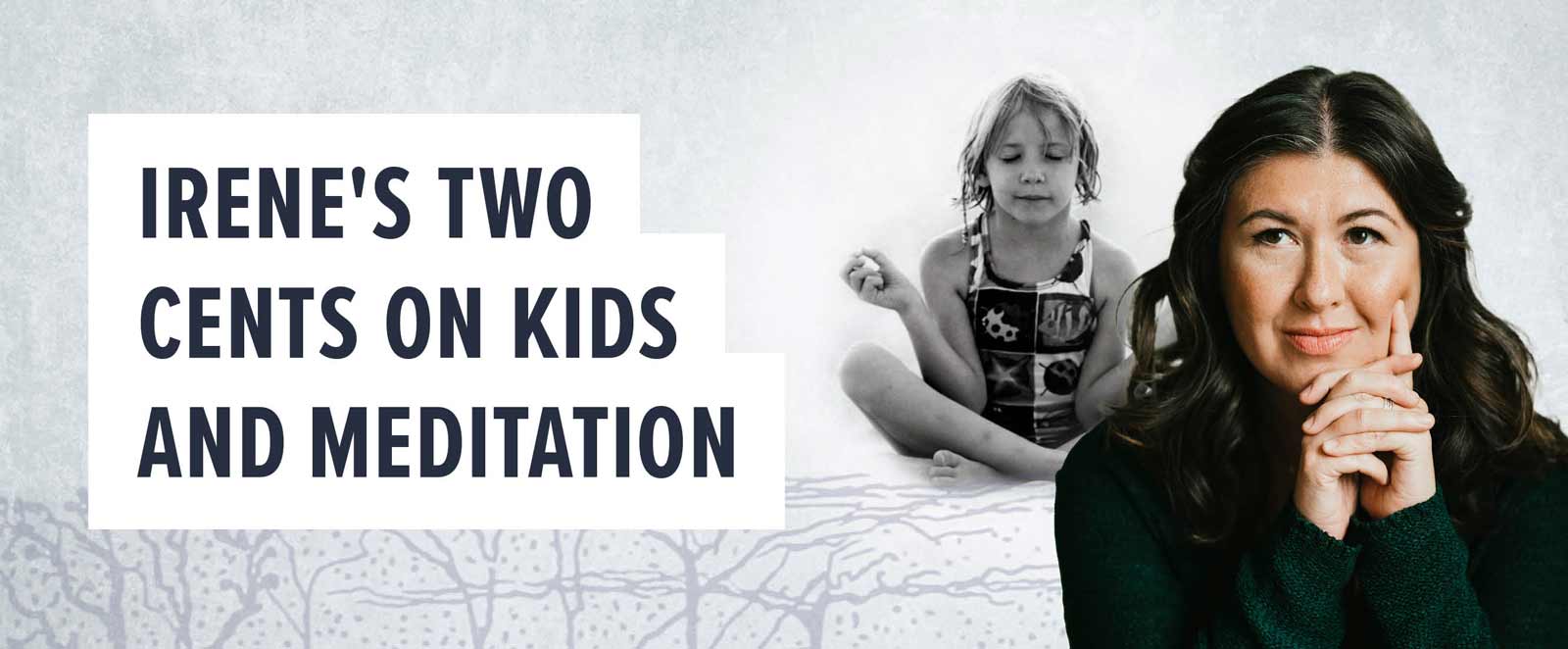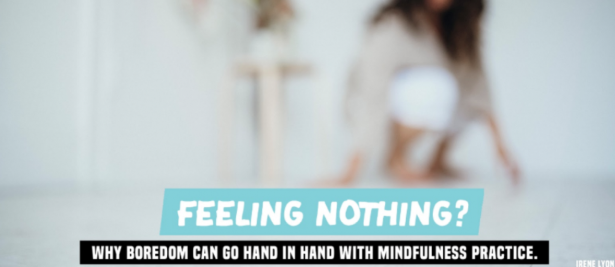Do you have difficulty meditating?
If you answered “yes” – I’m not surprised. Meditation is an advanced practice. It’s kind of like the black belt of the mindfulness world. And just like in Karate, it was designed as a level of practice only permitted for those who have put in the groundwork.
Mindfulness and meditation are becoming more and more popular in Western society – which is great – but it seems to me there is a HUGE NEED for some essential groundwork to be learned by these folks first. If you’re somebody who has tried meditating but can’t ‘turn off the monkey mind’ or can’t stop fidgeting, or somebody that practices everyday but still feels unease, then check out my 7 tips below. These methods will help you tune-in to your body, relax, and feel more present in the moment:

1. YOU HAVE THE CAPACITY TO HEAL. First and foremost, know your system isn’t broken and that it does have the capacity to heal. You just need to find the right path to walk down so you have the safest and highest chance for success.
2. DO NO HARM. Just because meditation is not some kind of physical substance or artificial sweetener, doesn’t mean it can’t harm you. The mind can be damaged by poorly executed and un-aware mindfulness practice. Buyer be aware!
3. BE AWARE, NOT GROUNDED. Awareness is key. Getting “grounded” doesn’t make sense to our nervous system but simply sensing the contact your body has with the ground, or whatever surface you are in contact with, does. Try sensing the weight of your body against whatever you are resting on right now – your butt and back against your chair, your feet on the ground. Don’t change anything or try to “do” – just sense. By bringing simple awareness to you and the contact you have with your environment you “ground” naturally and without any effort. Also, move a little, don’t be a statue, and just breathe naturally – don’t “try” to take in a deep breath.
4. OPEN YOUR EYES! If you have a tendency to “check-out” and “space-out” keep your eyes open and take a look around you. Maybe even talk to yourself and say “hi”, or sing your favourite tune, hymn, or chant. When you engage your looking apparatus, meaning your eyes, and your vocalizing apparatus, you are engaging a part of your brain that is the MOST evolved – namely the ventral vagal portion of your parasympathetic nervous system. Big words I know, but this part of YOU is the most evolved portion of your nervous system and you need it. It enables social engagement, human connection and most of all – love. It also helps lower your heart rate under stress and therefore is a surefire way to help calm the nerves and stay focused.
5. SAY HELLO TO YOUR PLANTS AND BOOKS. By practicing looking around and “seeing” the outside world, you are engaging in neutral activity. There is no thought process on the past – it is current and present moment activity. Actually say “hello” to the plant, to the chair and then have “it” see you! This is a very safe and foolproof way to break out of the monkey-mind without forcing to it to become Zen all at once. This helps cultivate your connection to your environment and when you can connect with what is around you and see your surroundings in real time there is a greater chance that you internal radar (your survival mechanisms) will pipe down and detect safety rather than threat.
6. SENSATIONS HEAL WHEN ALLOWED TO MOVE. Body sensations are essential for true healing to take place. Pain is trapped sensation, and in order to move pain out of the body, we need to become aware of our sensations and then keep them there long enough so they can start to budge, shift, vibrate, and eventually leave the building of your body. A constriction in the throat or butterflies in the tummy can be incredibly powerful medicine when we allow ourselves to hear it and find out what it wants.
7. LIFE WITHOUT MOVEMENT IS DEATH. Move! There is no need to be sitting still in a lotus position going numb in the feet and legs in order to heal and find your higher purpose. Get comfortable, go for a slow walk and just notice the world around you, or if you are going to sit, please sit with comfort! –There is no reason you should herniate a spinal disc or aggravate that arthritis in your damaged knee for the sake of being “mindful”.
Remember, mindfulness is advanced work.
Want a guided practice and a little taste into what mindfulness groundwork might be like? Here’s a free 6-minute audio exercise to help you put these elements into practice – the theme is “Following Your Impulses.”




